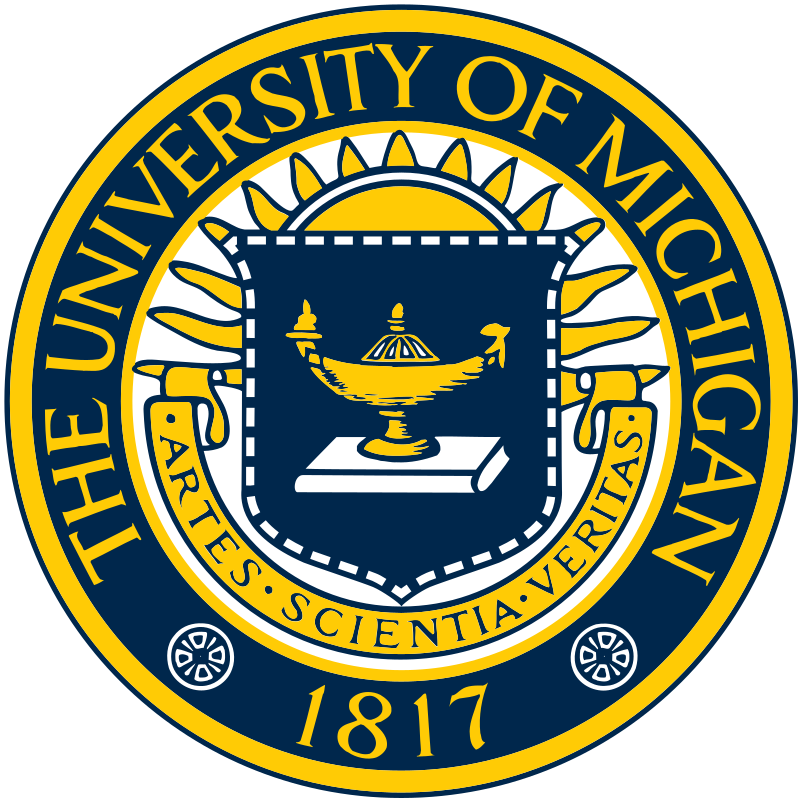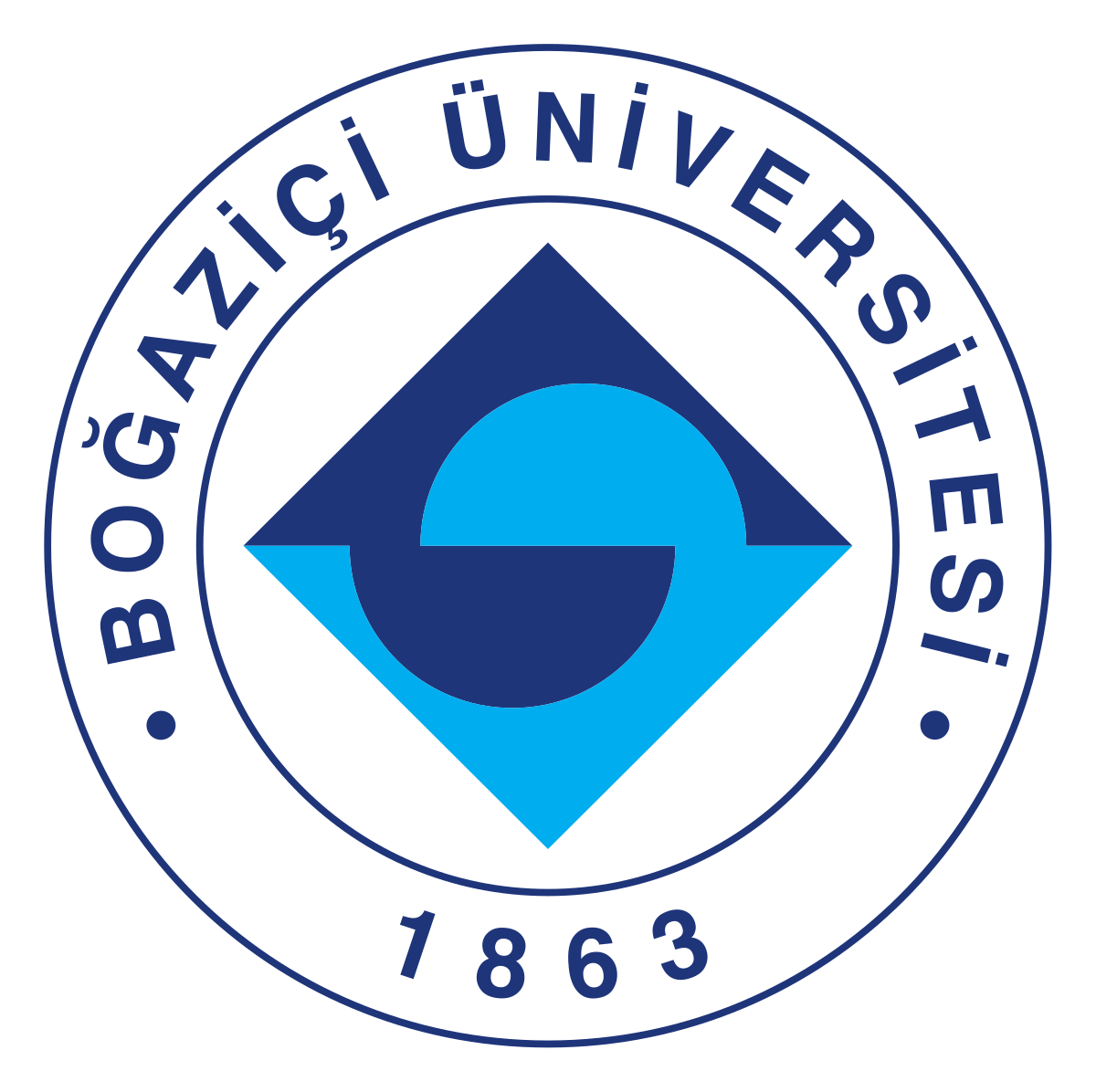- About
- Home
- Introduction
- Statistics
- Programs
- Dignet
- Gene
- GenePair
- Help & Docs
- Documents
- Help
- FAQs
- Links
- Acknowledge
- Disclaimer
- Contact Us
Gene Information
Gene symbol: TAC1
Gene name: tachykinin, precursor 1
HGNC ID: 11517
Synonyms: NPK
Related Genes
| # | Gene Symbol | Number of hits |
| 1 | AKR1B1 | 1 hits |
| 2 | ANPEP | 1 hits |
| 3 | BDNF | 1 hits |
| 4 | GAL | 1 hits |
| 5 | GRP | 1 hits |
| 6 | IL8 | 1 hits |
| 7 | INS | 1 hits |
| 8 | LEP | 1 hits |
| 9 | NPY | 1 hits |
| 10 | NTRK1 | 1 hits |
| 11 | S100A12 | 1 hits |
| 12 | SST | 1 hits |
| 13 | TACR1 | 1 hits |
| 14 | TRPV1 | 1 hits |
| 15 | VEGFA | 1 hits |
| 16 | XPNPEP2 | 1 hits |
Related Sentences
| # | PMID | Sentence |
| 1 | 21872660 | Similarly, Trk A-positive peptidergic IENF, which also express substance P and calcitonin gene related peptide in db/db mice, were observed to be elevated from 1.5 to 2 fold over controls. |
| 2 | 814025 | The effects of thyrotropin-releasing hormone, luteinizing hormone-releasing hormone, substance P, somatostatin, and a partially purified hypothalamic extract on insulin secretion were tested both in vitro and in vivo. |
| 3 | 2460143 | [DPro4,DTrp7,9,10]Substance P-4-11 inhibited binding of 125I-labeled substance P, 125I-[Tyr4]bombesin and 125I-cholecystokinin octapeptide over the same range of concentrations as that in which it inhibited biologic activity of each of these peptides. |
| 4 | 2747219 | Dystrophic axons contained substance P- and gastrin-releasing peptide (gastrin-releasing peptide/bombesin)-like staining but were not labeled by antisera directed against vasoactive intestinal peptide, dynorphin-B, somatostatin, leu- and met-enkephalin and neuropeptide tyrosine. |
| 5 | 1689117 | First incubating guinea pig pancreatic acini with carbachol reduced the subsequent stimulation of amylase release caused by carbachol, cholecystokinin octapeptide (CCK-8), and bombesin but not that caused by vasoactive intestinal peptide, substance P, 8-bromoadenosine 3',5'-cyclic monophosphate, A23187, or 12-O-tetradecanoylphorbol-13-acetate. |
| 6 | 1708136 | CGRP(32-37)-stimulated amylase release was not inhibited by the substance P receptor antagonist, spantide, by the bombesin receptor antagonist, [D-Phe6]bombesin(6-13) propylamide, or by the muscarinic receptor antagonist, atropine, but was inhibited by the CCK receptor antagonist L364,718. |
| 7 | 1720364 | NPY and galanin are powerful and specific central appetite stimulants, whereas neurotensin, substance P and somatostatin inhibit feeding when injected centrally. |
| 8 | 1374869 | This study was designed to determine whether deficient substance P in the sciatic nerve of diabetic rats was associated with a similar reduction in calcitonin gene-related peptide and whether the depletion of either or both peptides could be affected by insulin treatment or by aldose reductase inhibition. |
| 9 | 1374869 | Tight glycaemic control with insulin prevented completely the deficit in both peptides (substance P = 0.096 +/- 0.021, calcitonin gene-related peptide = 4.66 +/- 0.92). |
| 10 | 1374869 | Treatment with the aldose reductase inhibitor, imirestat, corrected the substance P deficit (0.08 +/- 0.018) and attenuated the calcitonin gene-related peptide (3.55 +/- 1.03) depletion seen in the untreated diabetic animals. |
| 11 | 1638409 | Immunoassay of NPY confirmed increased levels in optic nerve sheaths and showed that substance P and calcitonin gene-related peptide levels increased in sciatic but not optic nerve sheaths. |
| 12 | 7513041 | Treatment of other diabetic rats with the related neurotrophin, brain-derived neurotrophic factor (BDNF), had no effect on the levels of substance P and calcitonin gene-related peptide in the sciatic nerve. |
| 13 | 7530343 | The levels of substance P and calcitonin gene-related peptide in diabetic sciatic nerve were significantly lowered by approximately 50% and 28%, respectively, compared with aged matched controls and insulin-treated diabetic rats (P < 0.01) for both peptides and both comparisons). |
| 14 | 10657496 | This study investigates whether there is a change in the pattern of distribution of neuropeptides including calcitonin-gene-related peptide (CGRP), neuropeptide-Y (NPY), vasoactive intestinal polypeptide (VIP), cholecystokinin-octapeptide (CCK-8), substance P (SP), and islet peptides including insulin (INS), glucagon (GLU), somatostatin (SOM) and pancreatic polypeptide (PP) in the pancreas of streptozotocin (STZ)-diabetic rats. |
| 15 | 11274084 | This finding is important for three reasons: First, the decrease may result in reduced excitability of inner retinal neurons, as both peptides are known to modulate the excitability of these neurons; second, the decrease may be the consequence of a depressing and/or damaging effect by excitotoxins; and third, it may help explain why neovascularizations do not occur in this animal model, although VEGF is massively upregulated, as substance P is a very potent vascular growth factor. |
| 16 | 11943667 | Exogenous CGRP and substance P potentiated, whereas somatostatin inhibited (1 nM-10 microM) the FS-induced contractions in rings from either group. |
| 17 | 18378339 | The protein and mRNA expression of TRPV1, calcitonin gene-related peptide (CGRP) and substance P (SP) levels in hearts were measured, respectively. |
| 18 | 21609799 | Here, we examine the effects of the neuropeptides substance P (SP) and neuropeptide Y (NPY) on dermal microvascular endothelial cell (DMVEC) angiogenesis and interleukin-8 (IL-8) expression, a known effector of the neuropeptide pathways in normal and hyperglycemic conditions in vitro. |
| 19 | 21467195 | Peripheral administration of a specific neurokinin-1 receptor (NK-1R) antagonist to mice leads to reduced weight gain and circulating levels of insulin and leptin after high-fat diet (HFD). |
| 20 | 21467195 | Here, we assessed the contribution of substance P (SP) and NK-1R in diet-induced obesity using NK-1R deficient [knockout (KO)] mice and extended our previous findings to show the effects of SP-NK-1R interactions on adipose tissue-associated insulin signaling and glucose metabolic responses. |
| 21 | 18025295 | Sera were assayed for angiotensin-converting enzyme activity, aminopeptidase P activity, aminopeptidase N activity, dipeptidyl peptidase IV activity, and antigen and the ex vivo degradation half-lives of bradykinin, des-Arg(9)-bradykinin, and substance P in a subset. |
| 22 | 22009727 | Substance P (SP), encoded by the tachykinin 1 (Tac1) gene, is the most potent tachykinin ligand for the high-affinity neurokinin-1 receptor (NK-1R). |


